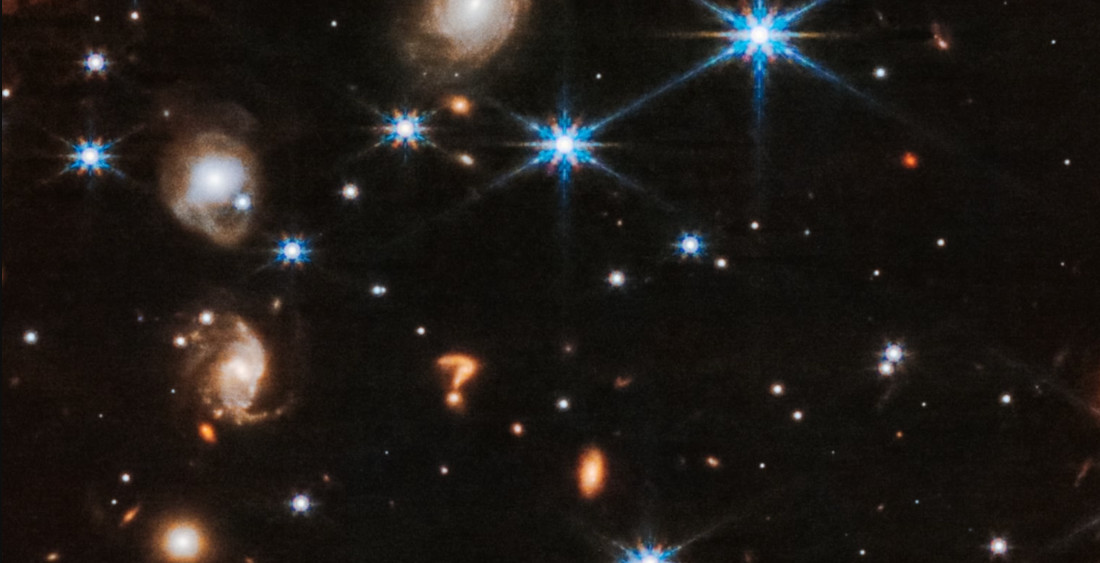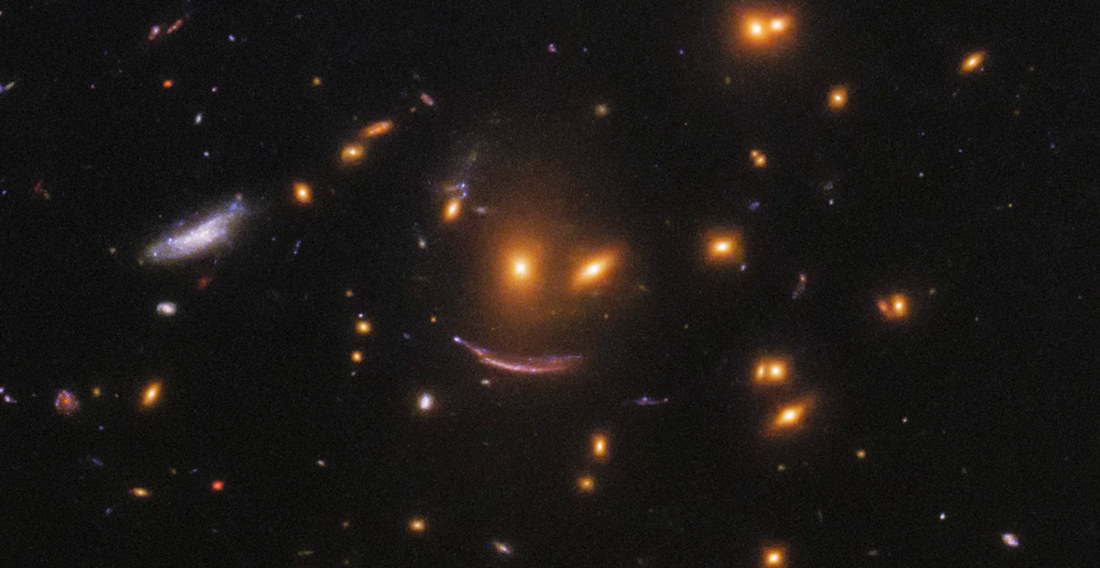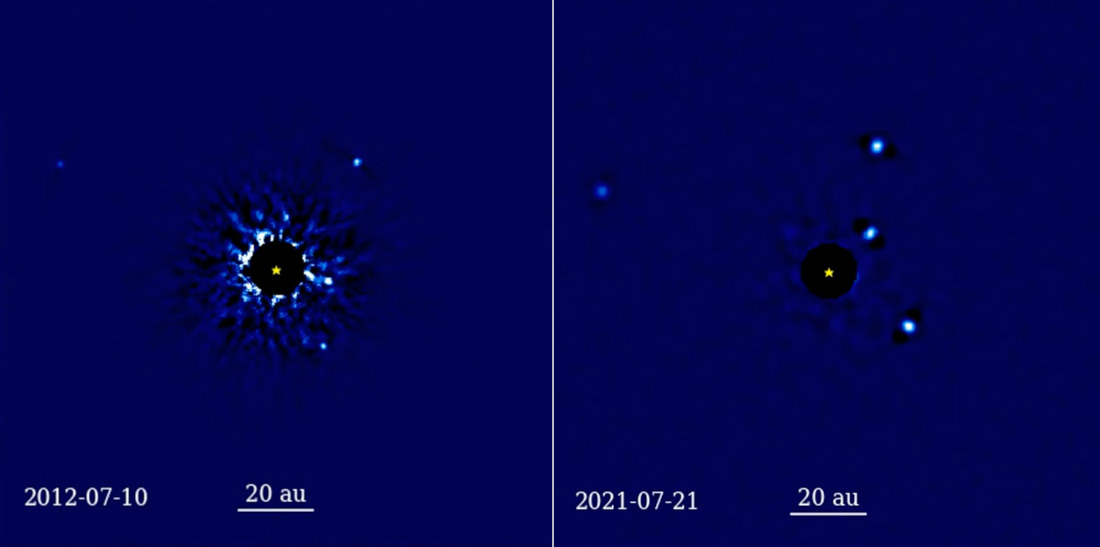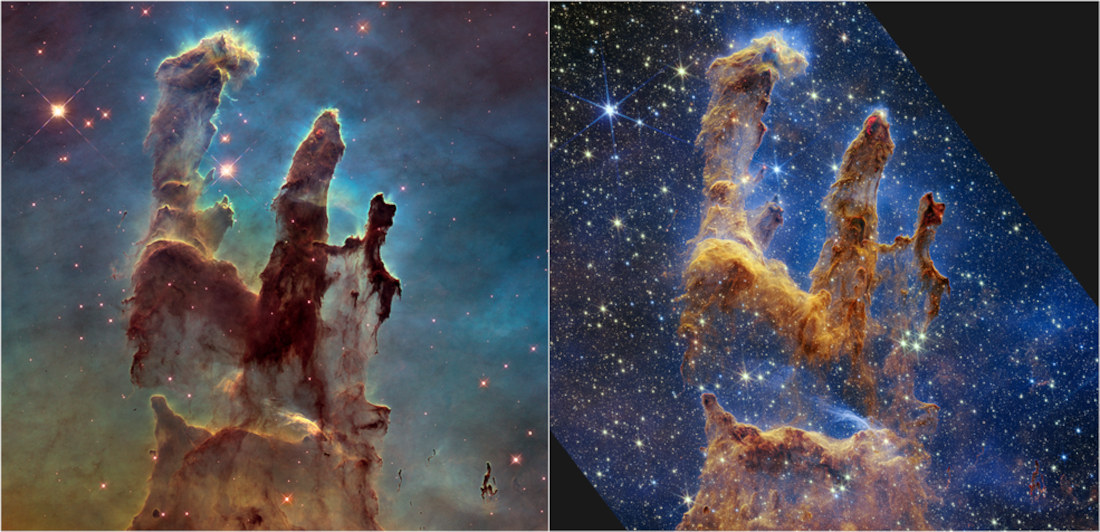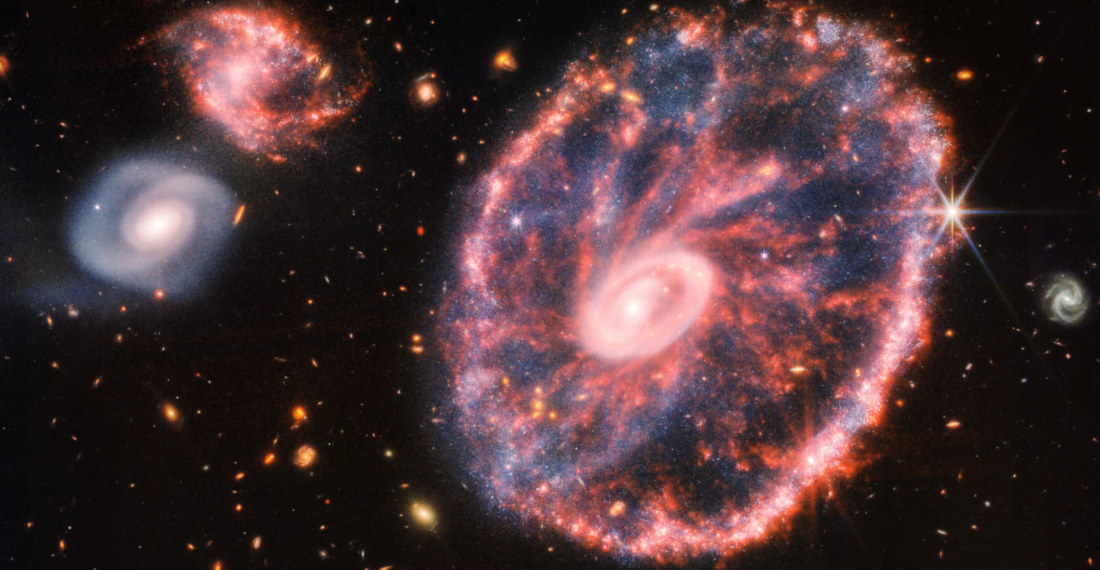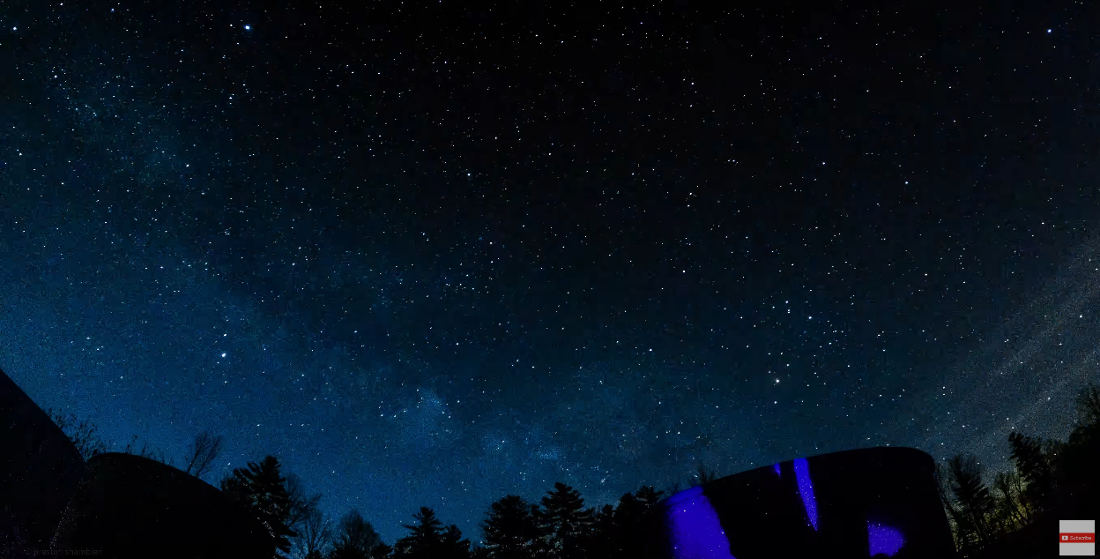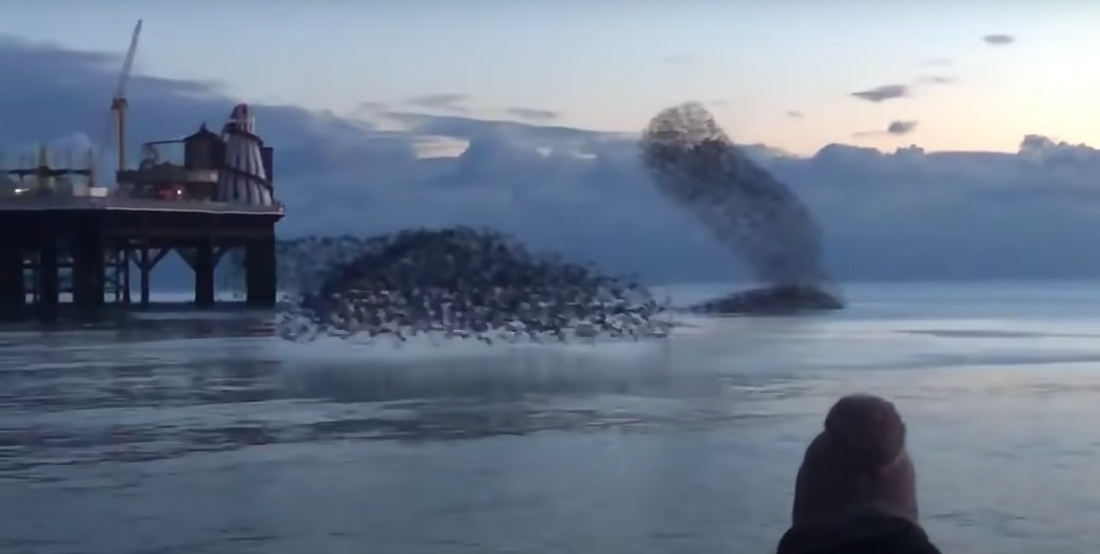
what does it all mean?
This is a video of Youtuber Inheritance Machining creating a Mobius cube — a cube that, like it’s Mobius strip cousin, only has a single side. My brain hurts just thinking about it. I remember the first time I saw M.C. Esher’s Mobius Strip II (with the red ants) I
Because what does it all mean is THE question, this is a shot from the James Webb Space Telescope of a galaxy that looks unquestionable like a question mark. Some more info while I shake my fist at the heavens and demand fewer questions and more answers: It is probably
Captured by the Hubble Space Telescope’s Wide Field Camera 3 (WFC3) in the constellation Leo Minor, galaxy clusters SDSS J0952+3434 appear as a giant smiley face, grinning at us from 4-billion light years away. Ha, I’d be smiling too if I were that far away from the dirtbags on earth.
This is a 12-year timelapse packed into just 7 seconds of four planets orbiting star HR 8799, some 133.3 lightyears (40.9 parsecs, like that’ll make it much more relatable) from earth. HR 8799, located in the constellation of Pegasus, is about 1.5 times as large as our own sun, and
Note: If you’re looking for some bitchin’ desktop backgrounds you can get super high-res versions of the Hubble’s 1995 image HERE, 2004 image HERE, and James Webb’s most recent shot HERE. Now let’s play space rangers! The Pillars of Creation, made famous by the Hubble Space Telescope’s 1995 and 2004
Hot off the press from NASA come these incredible images of the Cartwheel Galaxy, an absolute stunner of a galaxy some 500 million light years from earth. I remember the last time I attempted a cartwheel my shirt rode up and everyone laughed at my belly. Not cool. The galaxy
This is a short timelapse video captured by sky watcher Preston Chamblen of the Milky Way beginning to rise in the early morning hours. In his own words while I grab some binoculars and stare at the sun until I can see through walls, or not at all. Go big
This is a beautiful, surprisingly low-definition video (did they text the video to Youtube and it got compressed? And does the lower quality make the shapes even more mesmerizing?) Per one particularly insightful Youtube commenter: “It would be cool it they took the shape of other animals like a rabbit
Things people say
- scoobydoo on Compilation Of Children Running Into Funhouse Mirrors
- 1-Ton on Timelapse Of Walton Goggins Having His Ghoul Face Applied For Fallout
- Eric Ord on Find The Frog
- Kent on Maserati SUV Driver Mistakes His Vehicle For Functional Off Roader, Gets Stuck In Flood
- born in space on Mouse Sneaks Out Of Hiding Spot In Stove To Steal An OREO
- April 24, 2024
- April 23, 2024
- April 23, 2024
- April 22, 2024

